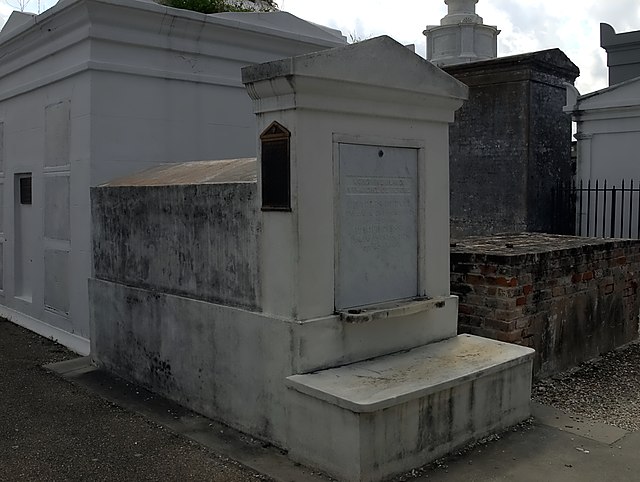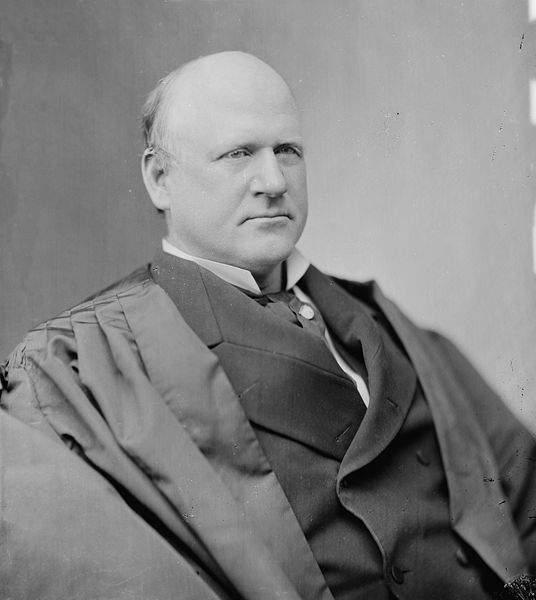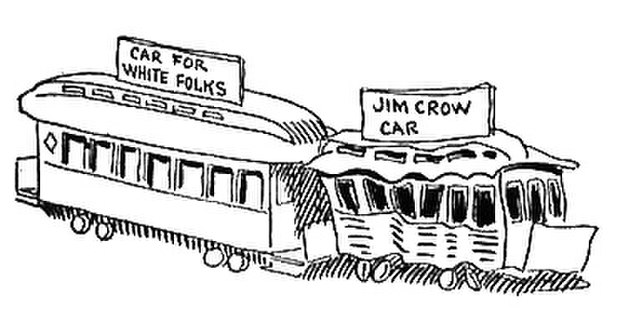Homer Adolph Plessy was an American shoemaker and activist, who was the plaintiff in the United States Supreme Court decision Plessy v. Ferguson. He staged an act of civil disobedience to challenge one of Louisiana's racial segregation laws and bring a test case to force the U.S. Supreme Court to rule on the constitutionality of segregation laws. The Court decided against Plessy. The resulting "separate but equal" legal doctrine determined that state-mandated segregation did not violate the Fourteenth Amendment to the United States Constitution as long as the facilities provided for both black and white people were putatively "equal". The legal precedent set by Plessy v. Ferguson lasted into the mid-20th century, until a series of landmark Supreme Court decisions concerning segregation, beginning with Brown v. Board of Education in 1954.
Plessy’s tomb in New Orleans
A placard marks the place in New Orleans where Chris C. Cain arrested Homer Plessy on June 7, 1892.
A bronze plaque on the side of Plessy's tomb in Saint Louis Cemetery No. 1, New Orleans, Louisiana describes his historical significance.
Plessy v. Ferguson, 163 U.S. 537 (1896), was a landmark U.S. Supreme Court decision ruling that racial segregation laws did not violate the U.S. Constitution as long as the facilities for each race were equal in quality, a doctrine that came to be known as "separate but equal". The decision legitimized the many state laws re-establishing racial segregation that had been passed in the American South after the end of the Reconstruction era in 1877. Such legally enforced segregation in the south lasted into the 1960s.
Justice Henry Billings Brown, author of the majority opinion in Plessy
Justice John Marshall Harlan became known as the "Great Dissenter" for his fiery dissent in Plessy and other early civil rights cases.
An Oklahoma City streetcar terminal's "colored" drinking fountain, 1939
1904 caricature of "White" and "Jim Crow" rail cars by John T. McCutcheon







